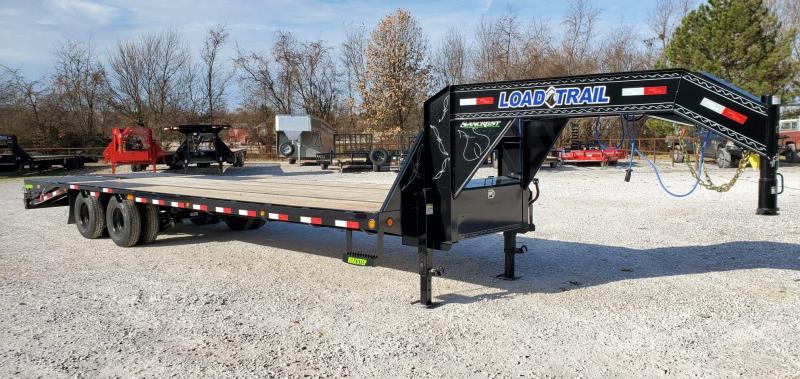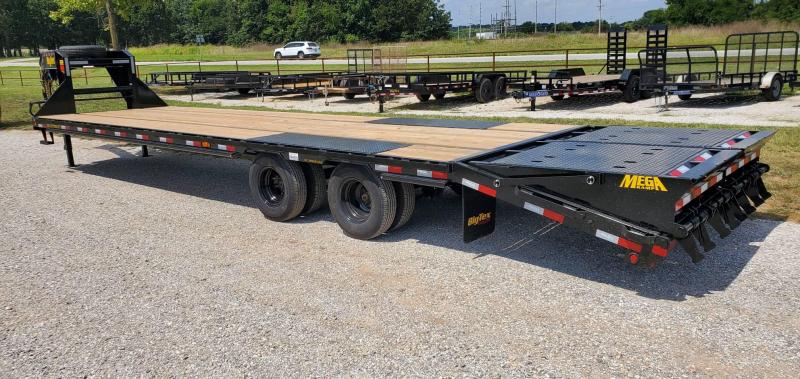
#Billings pro backup driectory mac os#
We will no longer be updating Billings Pro Self-Serve, so if you cannot move to Billing Pro Cloud, we recommend you avoid updating your iOS and Mac OS as we cannot guarantee they will be compatible. What happens when new versions of iOS and Mac OS come out?Įvery year when Apple releases a new version of iOS or Mac OS, there is always development work needed to make Billings Pro compatible. We will be providing technical support for Billings Pro Self-Serve client on 10.13, Servers running 10.12 and iOS 11 until February 28, 2019. Group Policy Backup Script – Here is a script created by Mike Kanakos that lists the GPO by name instead of an ID.Implications of Staying on Self-Serve How long will Billings Pro Self-Serve be supported?.Backup-GPO – Command documentation by Microsoft.Restore-GPO – Command documentation by Microsoft.If the original domain is not available, or if the GPO no longer exists in the domain, the cmdlet fails. The Restore-GPO cmdlet restores a Group Policy Object (GPO) backup to the original domain from which it was saved. So again, the Restore-GPO cmdlet appears to only work when the GPO exists in the domain, and will not restore a deleted GPO. Now I’ll run it again, except this time the Lock screen GPO exists in the domain. If the “Lock Screen” GPO was deleted the Restore-GPO cmdlet cannot be used.ĭo you see what that error message says? GPO was not found in my domain because the GPO was deleted and so PowerShell cannot restore the settings. In this case, the Restore-GPO cmdlet can be used to restore the GPO settings. Let’s say someone made a change to my “Lock Screen” policy and I need to restore the settings from a backup. You can also use the Restore-GPO cmdlet to restore GPO settings but not to recover a deleted GPO. You can do this by clicking on the GPO and then to settings to verify it’s configuration. It’s a good idea to check the GPO to verify that the settings are correct after the restore. In this example I’m restoring my lock screen GPO.Ĭlick the restore button and you will get the status screen. To restore, right-click on “Group Policy Objects” and select “Manage Backups”.īrowse to your backup folder and select the GPOs to restore, you can select a single or multiple GPOs.
#Billings pro backup driectory how to#
Now that you know how to backup your GPOs, let’s look at how to restore them. That’s how you backups GPOs with PowerShell, Microsoft has made it very easy. Use this command to backup all GPOs using Powershell.

backup-gpo -Name 'Computer - Allow Pings' -Path C:\it\GPO_backups -Comment "GPO-Backup" Example 2: PowerShell backup all GPOs In the below example, I’m backing up a single GPO to the folder c:\it\GPO_backups and provide a comment. Example 1: PowerShell Backup a single GPO To backup GPOs with PowerShell, the Backup-gpo cmdlet is used. Backup Group Policy Objects using PowerShell Next, I’ll show you how to backup GPOs using PowerShell. You can check the status at the bottom where it will show how many GPO’s were successfully backed up.Īs you can see it’s very easy to backup group policy objects (GPO). Now click the “Back up” button to start the backup process. It’s also a good idea to give your folder a description and date. I created a folder called “GPO_backups” on my local computer. Next, select the folder where you want the GPO backups to be placed.


In this example, I’m backing up the lock screen gpo.

When backing up a single GPO it will say “Back Up”. When backing up all GPOs, it will say “Back Up All”. Next, right-click what you want to backup, and select “back up”. You can select a single GPO, or to backup all of them, select the group policy objects folder. Open the group policy management console and browse the GPOs. Step 1: Browse to the GPO you want to backup. How to Backup Group Policy Objects using the GUI You will need to use the GUI to recover a deleted GPO. Tip: The Restore-GPO cmdlet does not recover deleted GPOs, but instead it is for restoring an existing GPO from backup.


 0 kommentar(er)
0 kommentar(er)
